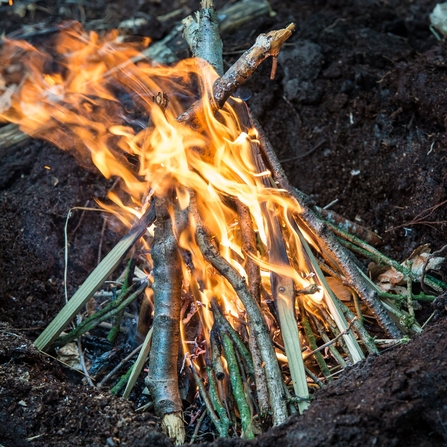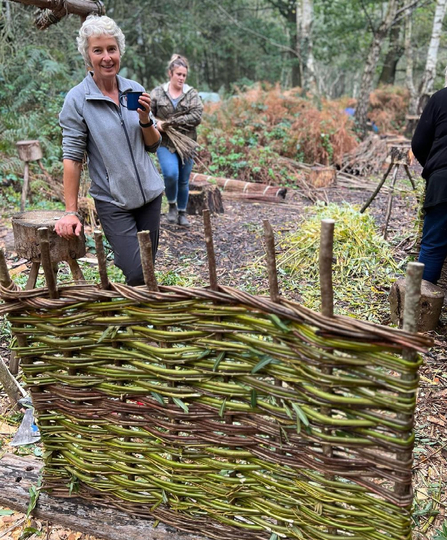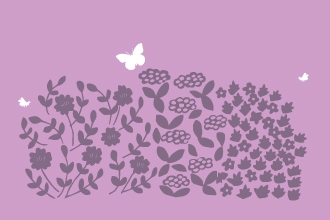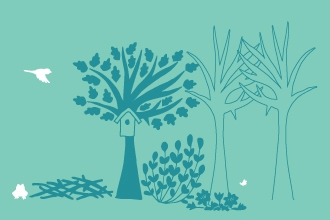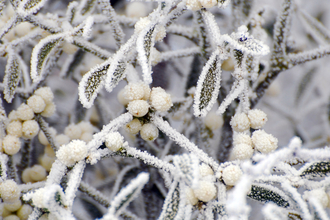Remember, remember the 5th of November
Gunpowder, treason and plot;
For there is a reason why gunpowder and treason should ne'er be forgot.
Over 400 years ago, on the night of 5th November 1605, 36 barrels of gunpowder were discovered behind a pile of firewood in a storeroom beneath the Palace of Westminster in London. The plan was to kill Protestant King James I and his son so that the Catholics could rise up and England would be Catholic again. Guy Fawkes was the unfortunate soldier who got caught and so, traditionally, an effigy of him is burnt on a fire (although he was actually hung, drawn and quartered).
Bonfire night is now more commonly celebrated with an organised event that has a huge fire and lots of the most amazing fireworks, from gunpowder as it happens. As a child we always had a smaller bonfire in a scrubby bit of wasteland at the end of our road; all the neighbours together burning bits of failed DIY projects! We had a collective set of fireworks that were once stored in an old pram - it only took one spark and we had the most amazing but short-lived firework display (there as no health and safety thoughts in those days)!


